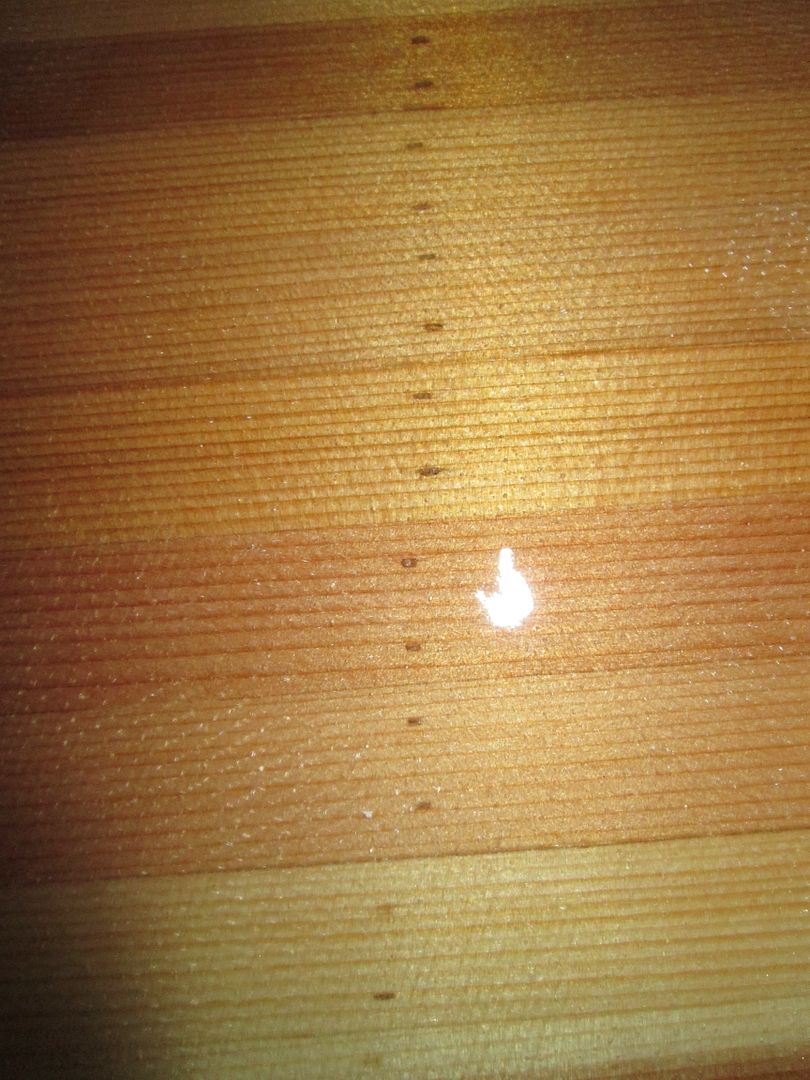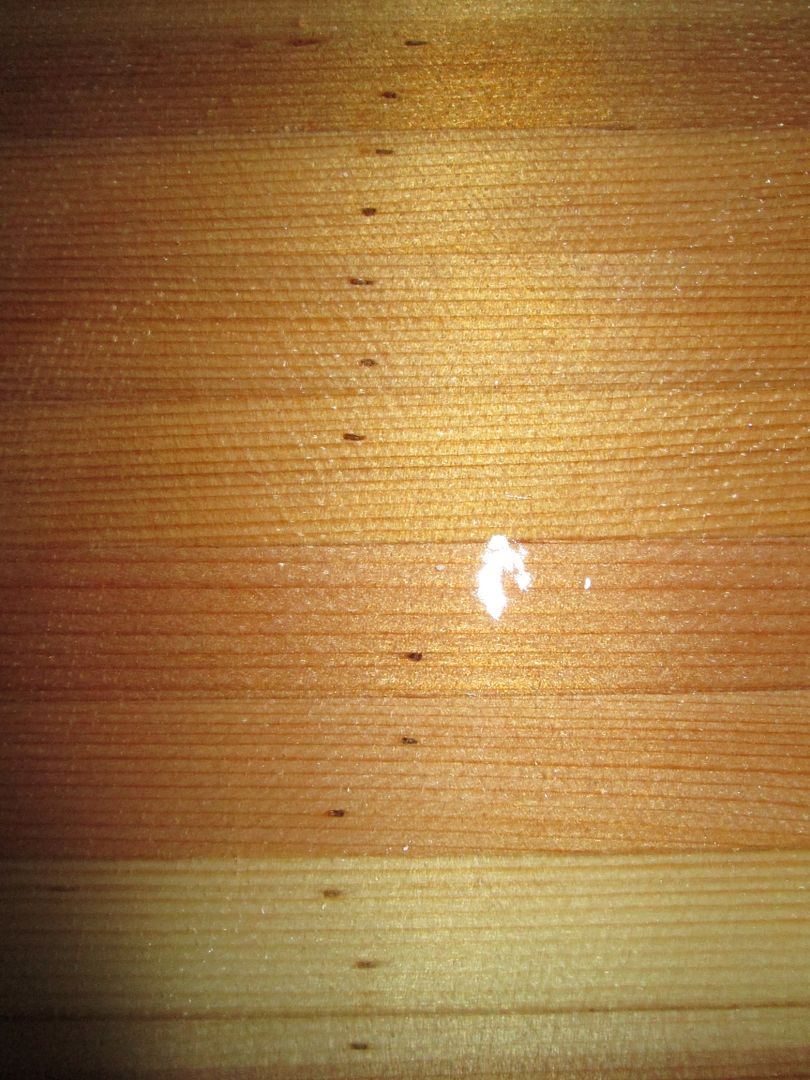I was engaged in conversation on filling staple holes here recently, and so I thought I'd throw this out, and invite comments.
First I use two different staples in my builds. One penetrates the hull and holds strips against the hull, the 9/16" staples. The other holds strips together, 1/4" staples, and they do not penetrate the hull.
Usually I seal coat my hulls. I then wait about an hour, and paint over the staple holes with mixed epoxy resin. This double coat works great, as long as you lower the temperature of the hull while the resin cures. This helps prevent resin from weeping through the 9/16" staple holes, as well as stops the bubbles developing in the 1/4" staple holes.
In the Summer its hard to lower the temperature of the hull, and so I use a hair dryer to super heat the hull, where the staple holes are. This works. Just be sure NOT to borrow your Wife's good hair dryer, unless you are willing to buy her a replacement. Tip Buy her a better one than she had before !!
On Nokomis, I opted to forego the seal coat, and fill the 9/16" staple holes with my strip glue, Elmer's Max. On the 1/4" staples, I relied on lowering the hull temperature to stop the out gassing, or bubbles.
Here's two pics, one with filled staple holes, and the other, without any filler at all.


The top is with Elmers Max
The bottom without filler.
To me there is not much difference,
What do you guys use ?
Jim
First I use two different staples in my builds. One penetrates the hull and holds strips against the hull, the 9/16" staples. The other holds strips together, 1/4" staples, and they do not penetrate the hull.
Usually I seal coat my hulls. I then wait about an hour, and paint over the staple holes with mixed epoxy resin. This double coat works great, as long as you lower the temperature of the hull while the resin cures. This helps prevent resin from weeping through the 9/16" staple holes, as well as stops the bubbles developing in the 1/4" staple holes.
In the Summer its hard to lower the temperature of the hull, and so I use a hair dryer to super heat the hull, where the staple holes are. This works. Just be sure NOT to borrow your Wife's good hair dryer, unless you are willing to buy her a replacement. Tip Buy her a better one than she had before !!
On Nokomis, I opted to forego the seal coat, and fill the 9/16" staple holes with my strip glue, Elmer's Max. On the 1/4" staples, I relied on lowering the hull temperature to stop the out gassing, or bubbles.
Here's two pics, one with filled staple holes, and the other, without any filler at all.


The top is with Elmers Max
The bottom without filler.
To me there is not much difference,
What do you guys use ?
Jim
